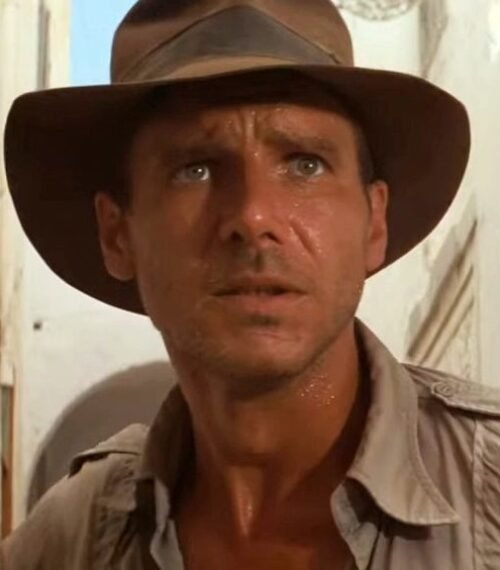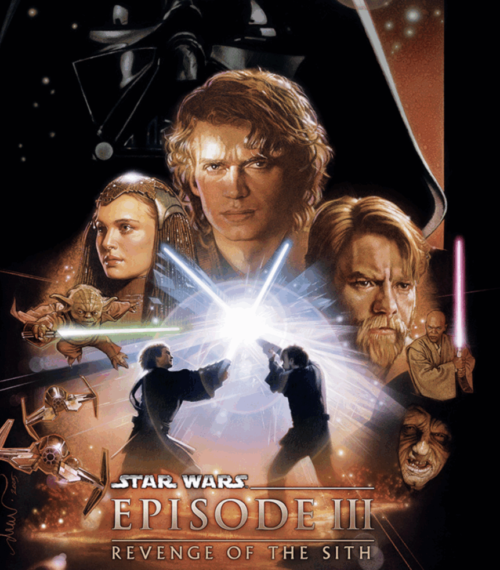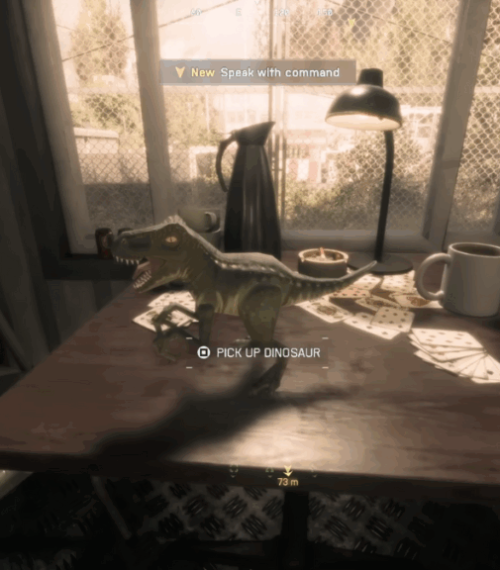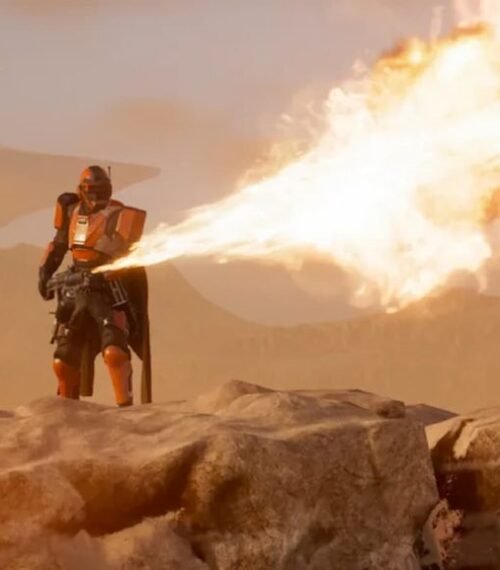Diane Keaton was one of those rare actors who never quite fit into one box — and that’s exactly what made her special. Across five decades, she could make you laugh, make you think, and sometimes make you cry, all in the same film. She worked with the greatest directors, from Woody Allen to Nancy Meyers, and brought something unmistakably “Keaton” to every role — a mix of wit, warmth, and that charming touch of chaos.
Her passing on October 11 marks an enormous loss for Hollywood, but her films continue to shine — the kind that feel alive no matter how many years go by. Keaton’s career was a masterclass in range, with performances that made her the definition of timeless storytelling.
12. Father of the Bride (1991)
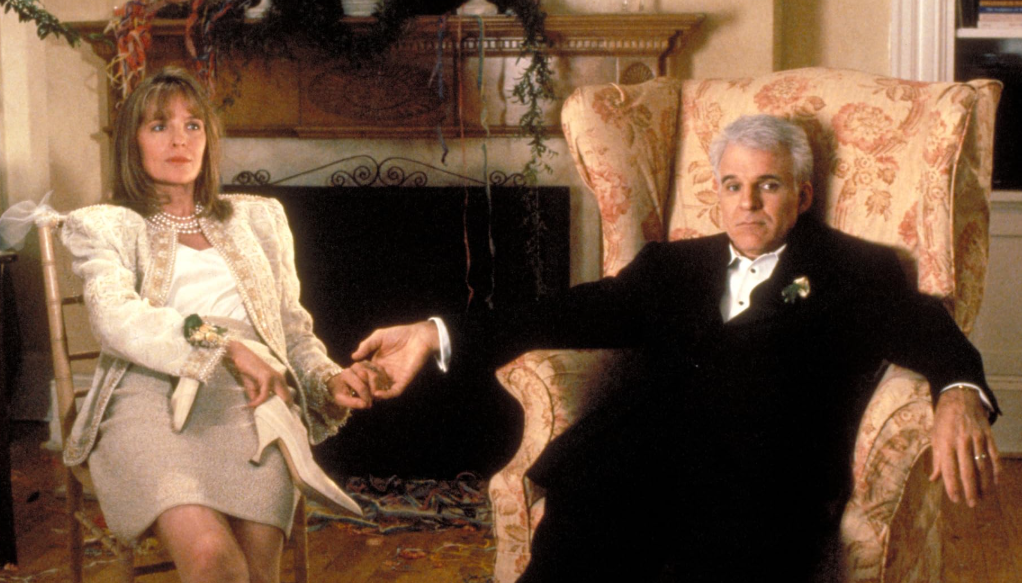
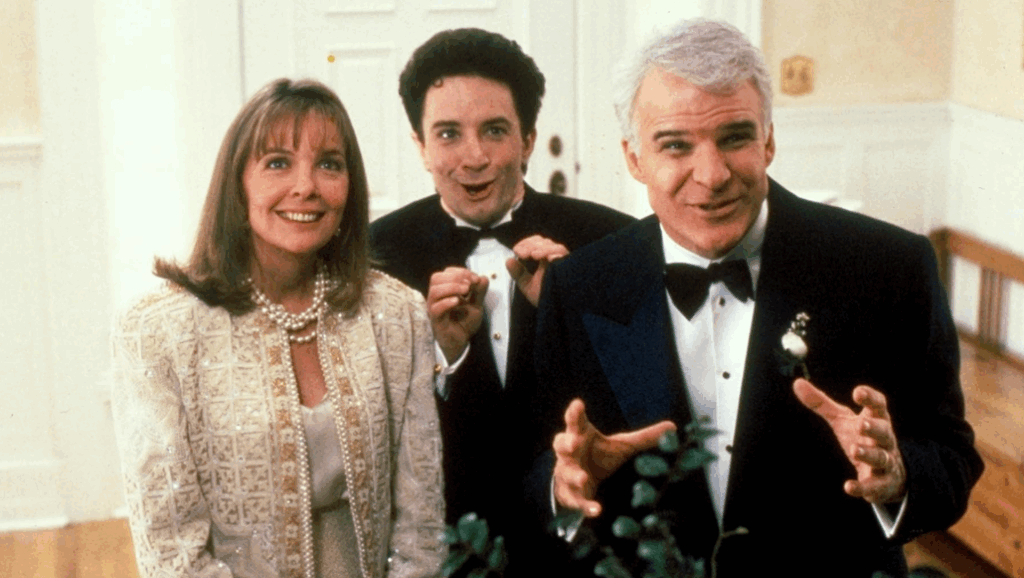
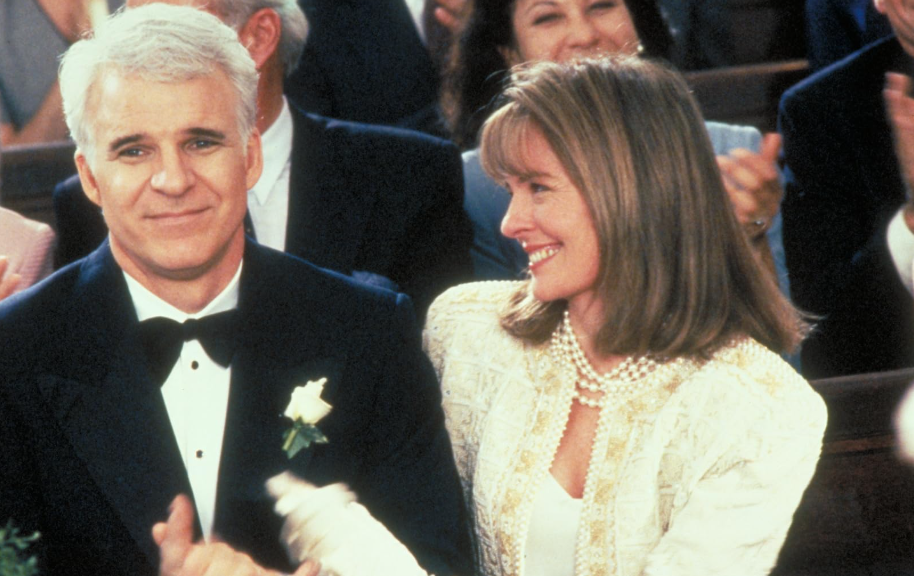
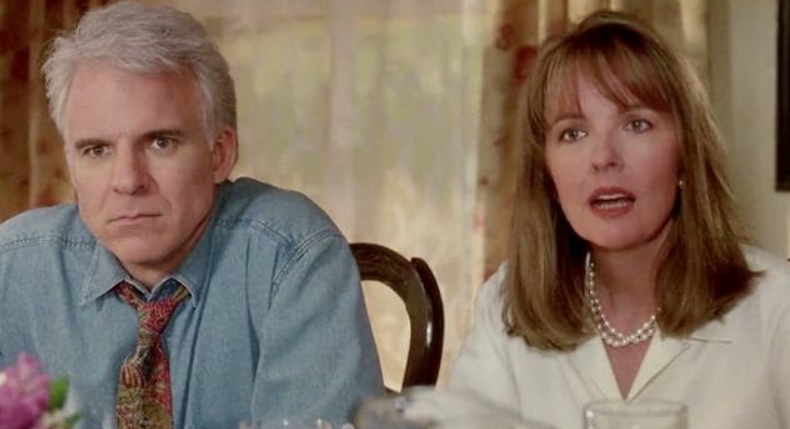
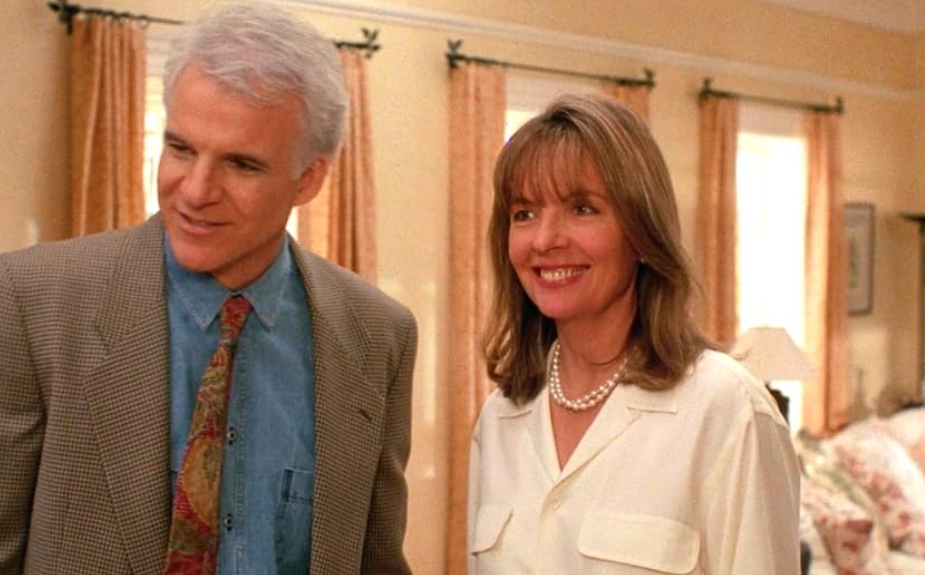
In Father of the Bride, Diane Keaton plays the kind of mother we’ve all met — endlessly patient, occasionally frazzled, and somehow holding the whole wedding together while her husband spirals over the guest list. As Nina Banks, she’s the calm in Steve Martin’s comedic storm, bringing warmth and balance to the chaos of planning a modern wedding. While Martin’s character obsesses over flower budgets and tux fittings, Keaton’s Nina quietly manages the emotional weight of letting her daughter go.
This 1991 Charles Shyer remake of the 1950 classic gave Keaton room to blend humor with sincerity, showing how weddings aren’t just about ceremonies — they’re about parents learning to let go. Her chemistry with Martin is delightful. Their banter throughout the movie felt so very honest. The film’s modern updates, from lavish wedding planners to budget meltdowns, keep it grounded. It showed the realities of the ’90s. Yet Keaton’s warmth makes it universally relatable.
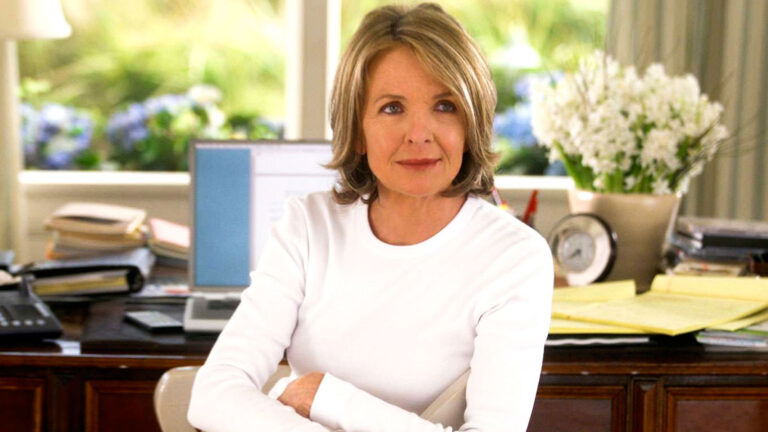
10 Must-Watch Diane Keaton Movies and How Old Was She in Them
11. Looking for Mr. Goodbar (1977)
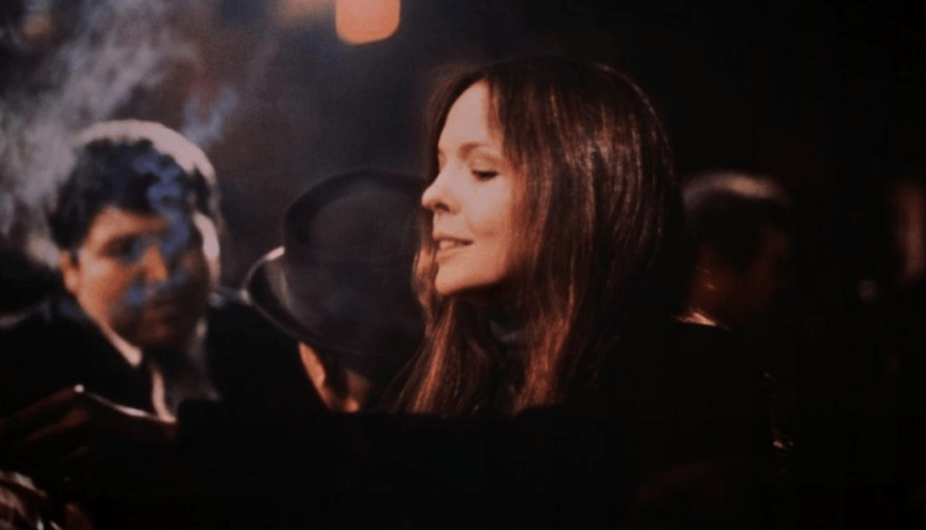
We agree that Annie Hall made Diane Keaton a pop culture legend. But she had already dropped jaws with Looking for Mr. Goodbar before that. And oh boy, what a beautiful curveball it was. Gone was the quirky charm and floppy hats. Here, Keaton stepped into something darker. She did something riskier and way more unsettling.
The legendary actress played the role of Theresa Dunn. Dunn is a schoolteacher. But that’s just her day job. By night, she becomes a restless wanderer. You can just picture it. It’s the ’19’70s New York, filled with smoky bars. There are flashing neon lights everywhere. You also get that intoxicating mix of freedom and danger humming in the air. Theresa slips into this nightlife looking for excitement, maybe love, maybe herself. But what she finds is far from glamorous.
You think this is your usual big-city fairy tale? You are getting it wrong. The movie is raw, messy, and painfully human. Keaton dives straight into chaos, loneliness, and longing.
The film is directed by Richard Brooks and is based on Judith Rossner’s novel. The movie actually feels like a bruise that won’t fade. Keaton doesn’t just act here — she bleeds. When she said,
I’m alone! I’m alone, I’m not lonely. And depressed, and you are depressing me!
We could just feel the character’s emotional turmoil through these lines. And, let’s just say Theresa went looking for Mr. Goodbar but ended up finding Mr. Wrong Place, Wrong Time.
10. Sleeper (1973)
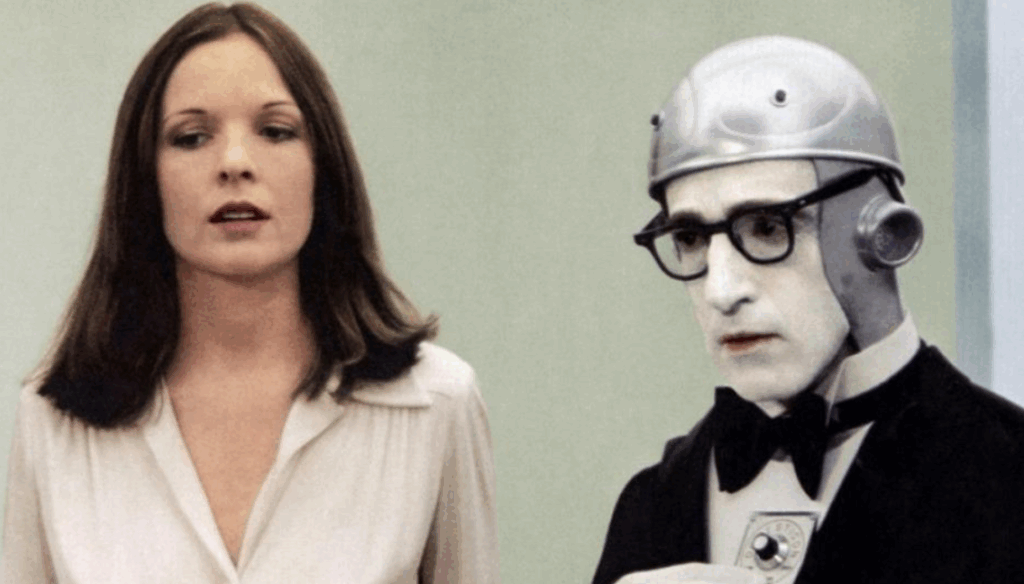
In Sleeper, Keaton goes full comedic chaos. Playing Luna, a poet accidentally caught up in a futuristic rebellion, she becomes the perfect foil to Woody Allen’s hapless time traveler. The setup is wonderfully absurd — a man wakes up two hundred years in the future and discovers that totalitarian governments and bad haircuts have both survived. Keaton’s Luna was all expressive eyes and had the flustered kind of energy. She tumbled through one ridiculous scenario after another. And, yes, her timing is pitch-perfect.
The 1973 sci-fi comedy takes a different route. It gives the classic slapstick a dystopian twist. Keaton matches Allen’s energy scene by scene. They turn what could have been a gimmicky satire into something genuinely hilarious. Their chemistry is magnetic — part love story, part circus act — and Keaton proves she can juggle futuristic nonsense with some amazing comedic instincts. And when you’re fighting evil in a world of robots, it helps to bring your sense of humor.
9. Something’s Gotta Give (2003)
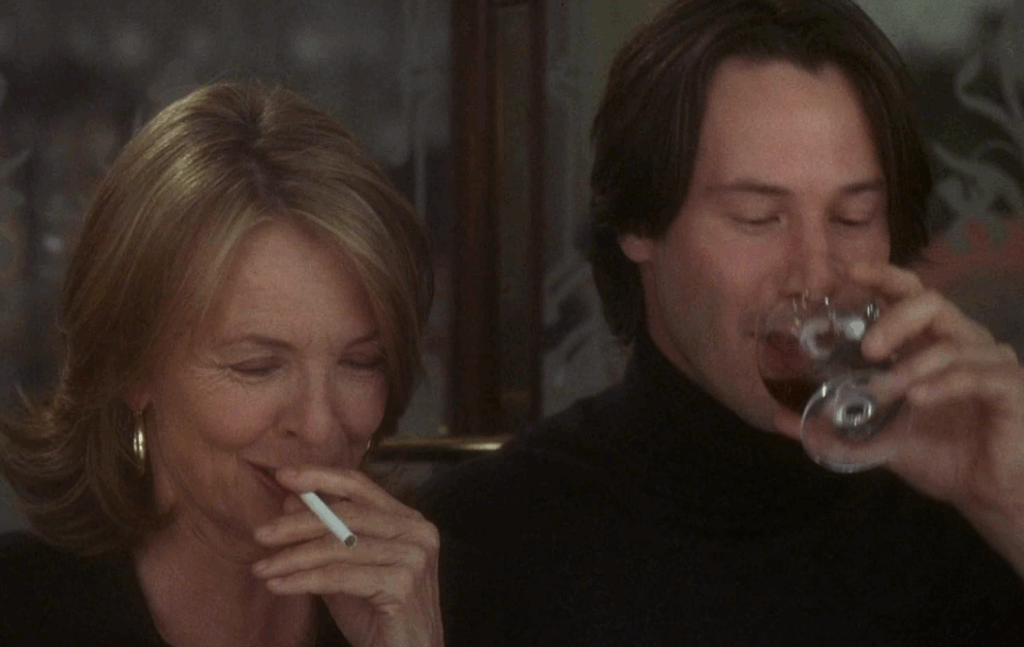
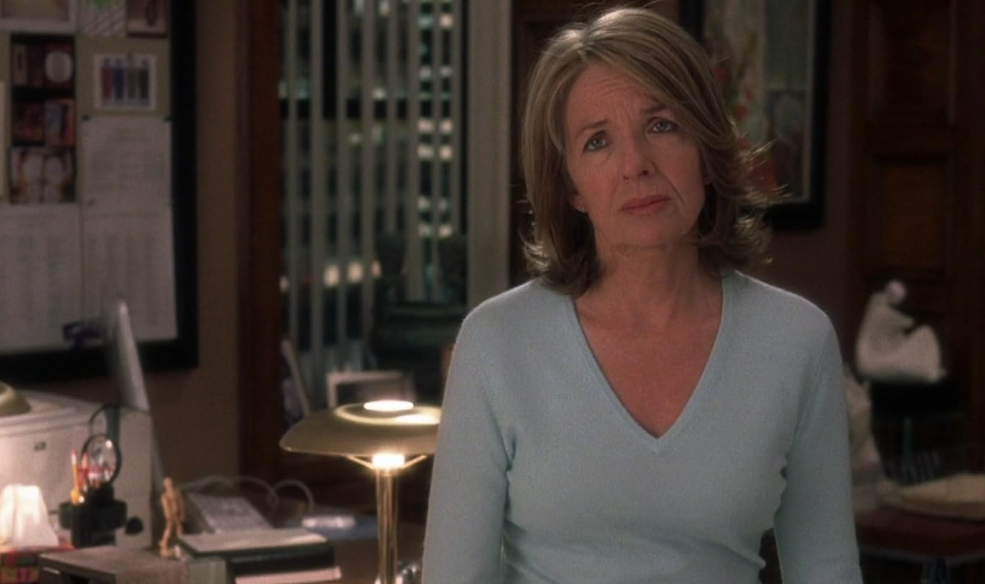
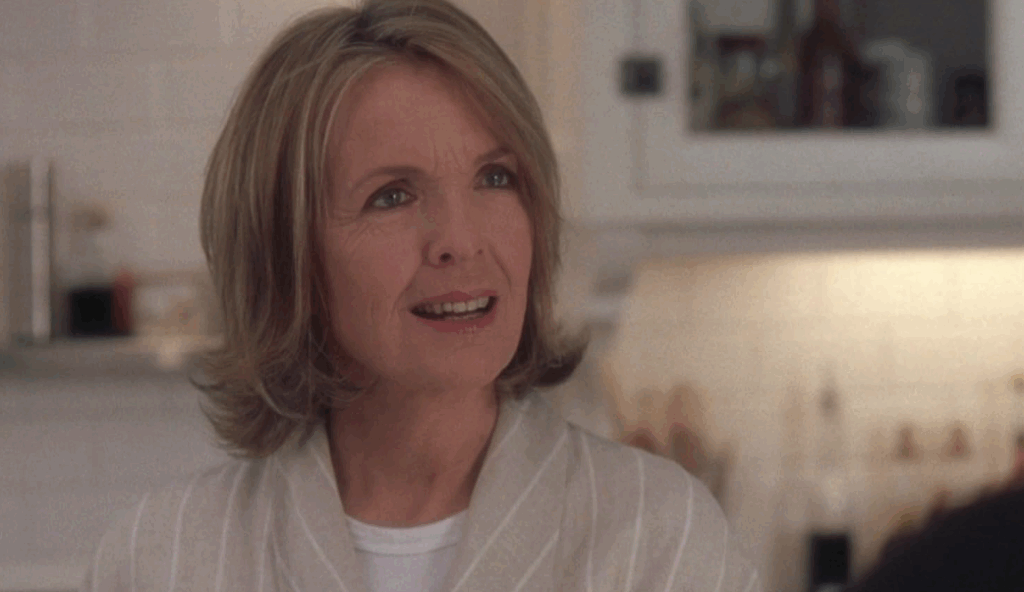
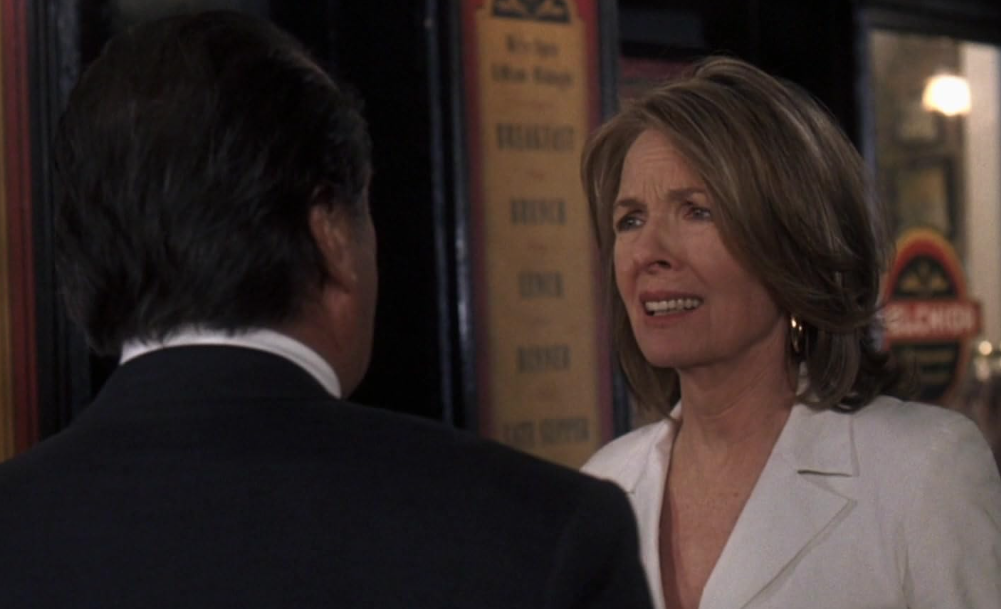
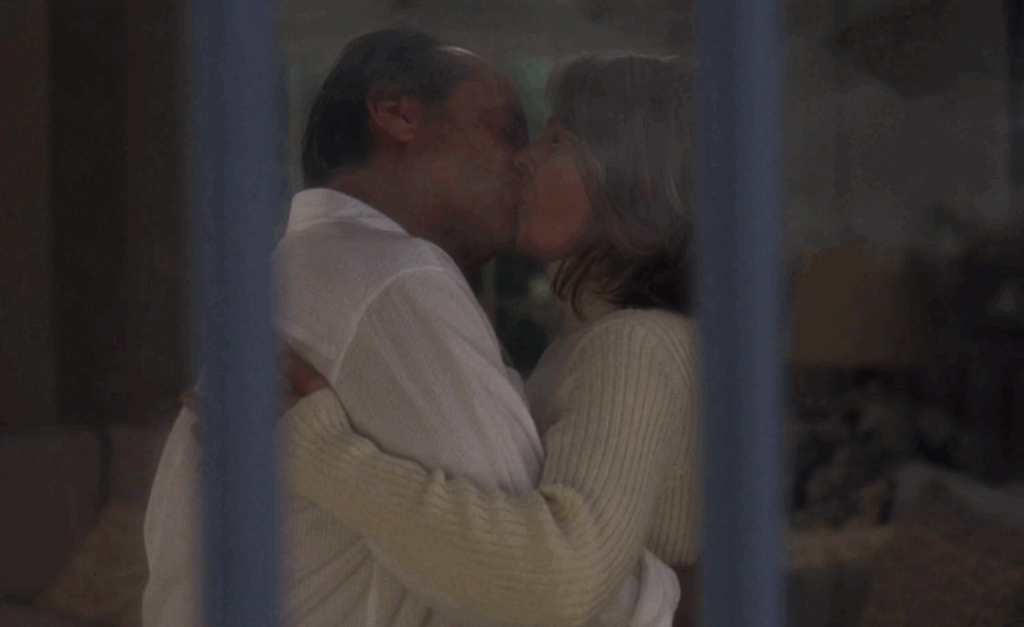
When Nancy Meyers decided to cast Diane Keaton in Something’s Gotta Give, it was like a love letter to the audience. Keaton and Jack Nicholson together? That’s cinematic comfort food right there. The film wasn’t your usual rom-com with twenty-somethings figuring out love over lattes — it was about grown-ups, heartbreak, and the sweet messiness of starting over.
Keaton plays Erica Barry, a sharp, successful playwright who unexpectedly catches feelings for her daughter’s older boyfriend — right after he has a heart attack. Complicated? Oh, definitely. But Keaton turns it into something warm and real. Seeing her, you almost forget how awkward it all sounds on paper.
The film has that dreamy Hamptons kind of vibe. But what really gives it life is Diane Keaton herself. She is funny one moment and completely raw the next. And somehow she makes every emotion feel real. It’s no wonder she got an Oscar nomination and a Golden Globe for it.
8. Manhattan Murder Mystery (1993)
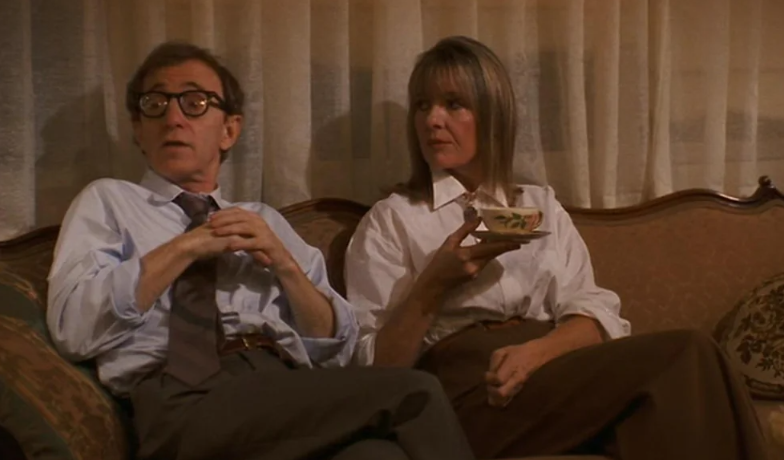
This movie is part comedy, part detective romp. Manhattan Murder Mystery reunited Keaton and Woody Allen for a lighter movie. This time, they take a zippier ride through New York’s most suspicious apartment buildings. Keaton plays Carol Lipton, a woman convinced that her neighbor didn’t just die — he was murdered. This starts as an idle curiosity. But soon it turns into full-blown sleuthing. The whole thing is complete with tailing suspects, bugging elevators, and dragging her husband along for the chaos.
It’s one of Keaton’s most effortlessly fun performances. Her Carol isn’t just nosy; she’s curious, excited, and gleefully reckless, a perfect counterbalance to Allen’s nervous energy. The film takes the rhythms of a detective story and filters them through Keaton’s comic instincts — the kind of character who’d turn a crime scene into a coffee date if given the chance.
The pacing is amazing, the dialogue snappy, and Keaton once again reminds everyone how good she is at playing women who follow their gut — even when that gut leads them into someone else’s apartment.
7. Marvin’s Room (1996)
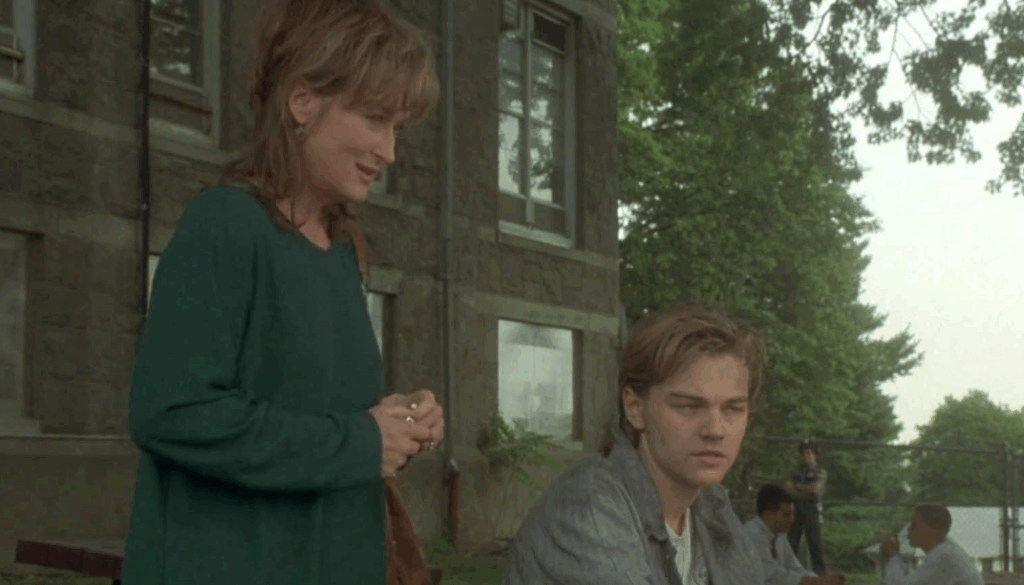
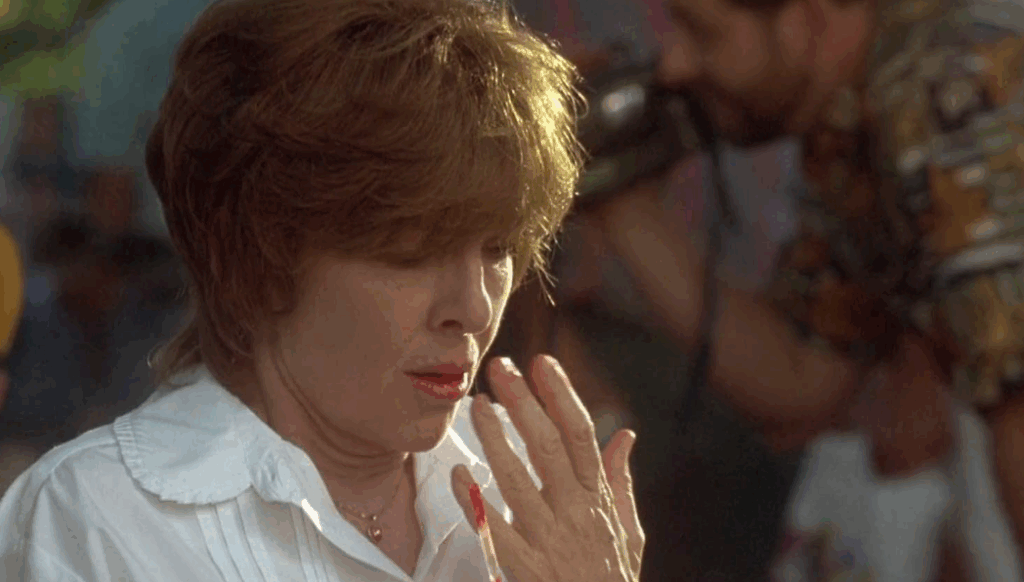
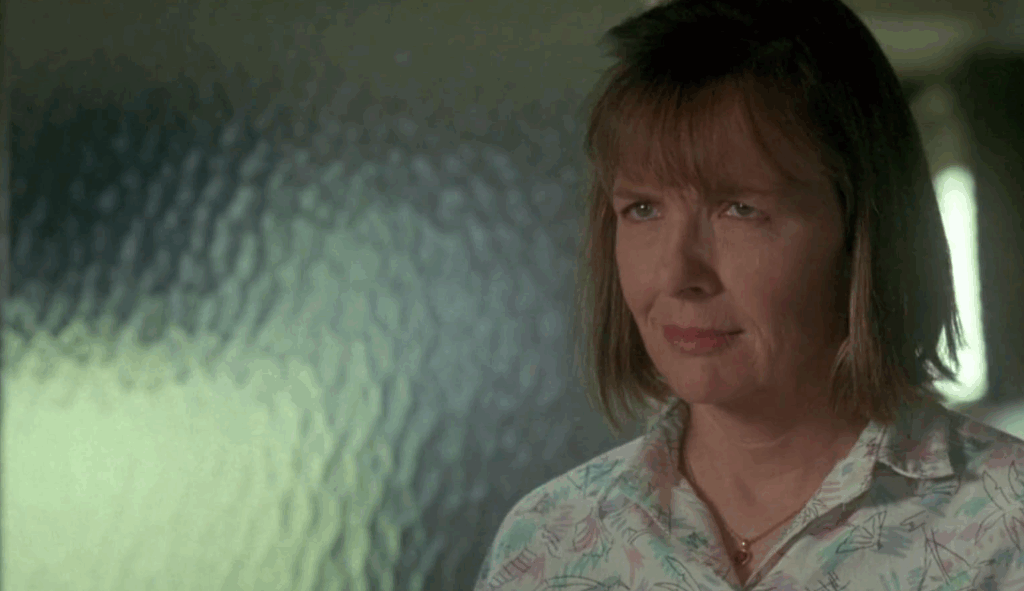
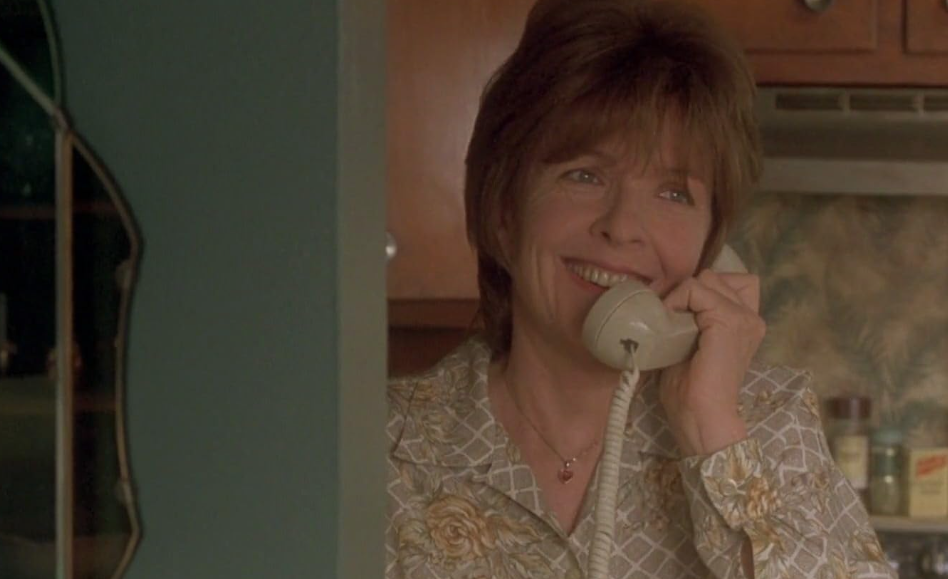
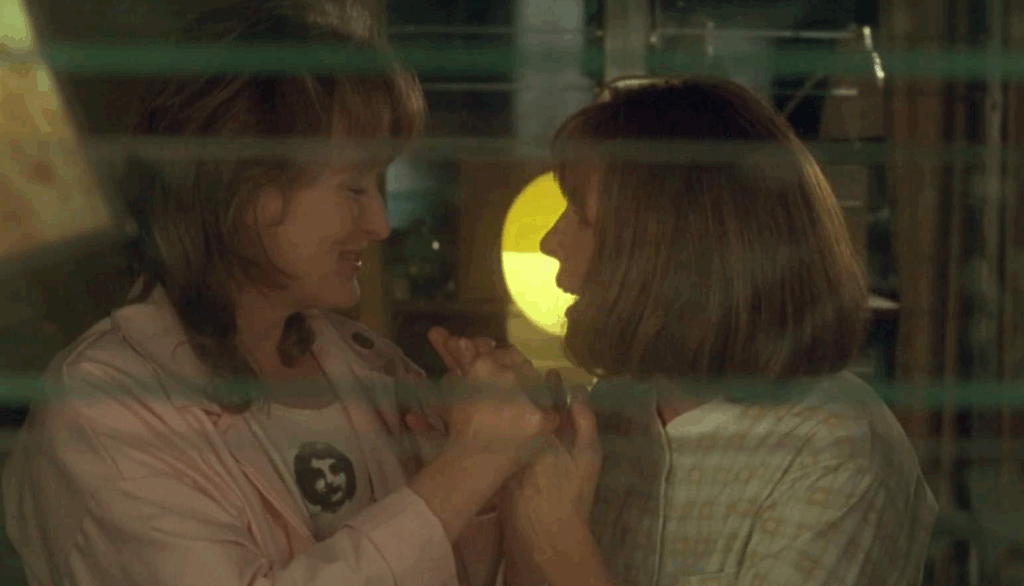
Do you need proof that Diane Keaton could break your heart without saying much at all? Marvin’s Room is it. Gone are the quirky laughs and turtleneck charm. Here, she’s Bessie. She is a woman who has been holding her crumbling world together for years. She has been caring for her bedridden father. She has been living a life of quiet service. But that was until life threw her a cruel curveball. She got diagnosed with leukemia. And, suddenly, the caretaker becomes the one who needs care.
To find a bone marrow match, she reaches out to her estranged sister. And that role is played by another legend, Meryl Streep. And she has a rebellious son in the film. A young, brooding Leonardo DiCaprio joins the reluctant reunion. What follows isn’t grand or dramatic but beautifully small.
Keaton plays Bessie with such tenderness that it hurts to watch her smile. She’s luminous in her stillness — tired, kind, and full of grace. It’s no wonder the performance earned her an Oscar nomination and a SAG nod.
Even while battling leukemia, Bessie somehow had more emotional endurance than her entire family put together.
6. Play It Again, Sam (1972)
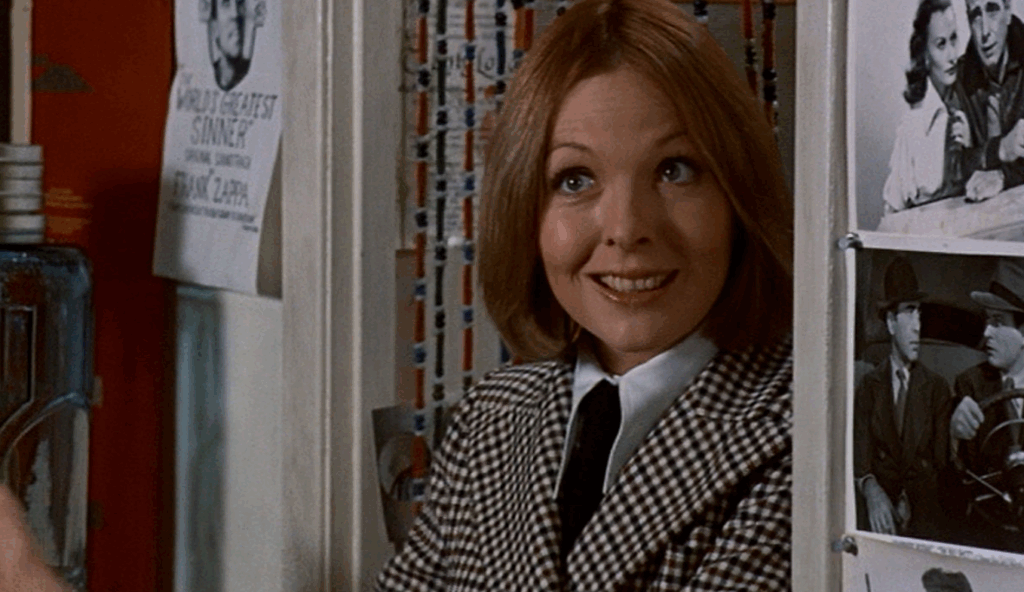
Diane Keaton became the face of cool neurotic charm in Play It Again, Sam. This was where it all began. Her first collaboration with Woody Allen was the movie that set the tone for their perfectly awkward on-screen chemistry. Directed by Herbert Ross and based on Allen’s own stage play, it’s a funny look at love, loneliness, and all the fumbling in between.
Keaton plays Linda, the warm, slightly offbeat wife of Allen’s best friend. Of course, things take a turn when Allen’s character falls for her. It’s a setup that sounds messy on paper, but somehow, Keaton makes it work. She brings a grounded sweetness to Linda, balancing out all of Allen’s anxious energy. You can’t even be mad at the love triangle — everyone’s just too endearingly human.
The film plays out like an extended therapy session sprinkled with movie quotes. Our lovesick critic keeps getting ghostly advice from Humphrey Bogart himself. Bogart pops up to offer suave, and hilariously outdated, dating tips. You can see the seeds of what would later bloom into Annie Hall. The film is full of that fast-talking wit, the bittersweet tenderness, the undeniable spark between Keaton and Allen.
Funny enough, Play It Again, Sam proves one timeless truth for sure. Nothing says “romance” quite like falling for your best friend’s wife while getting pep talks from a fake Bogart.
5. Love and Death (1975)
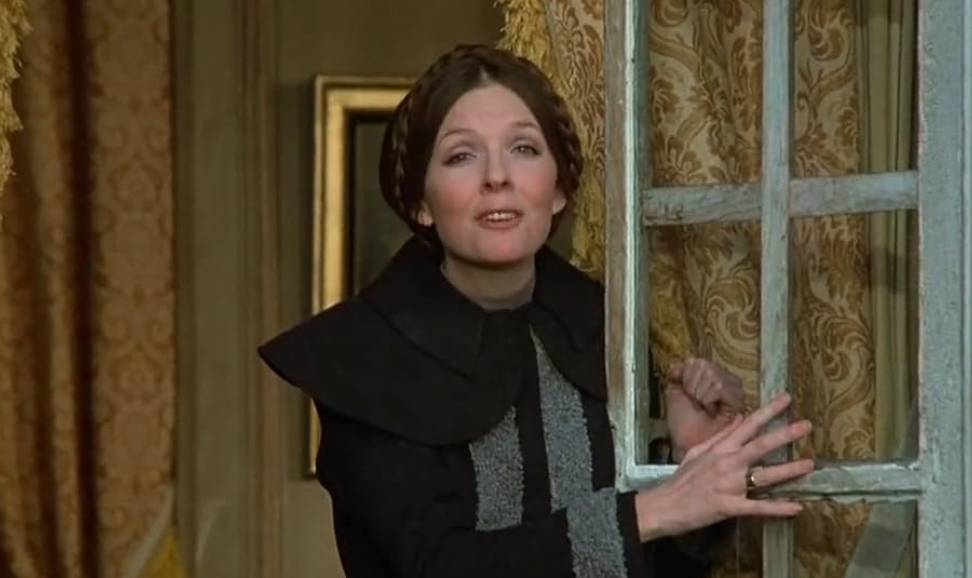
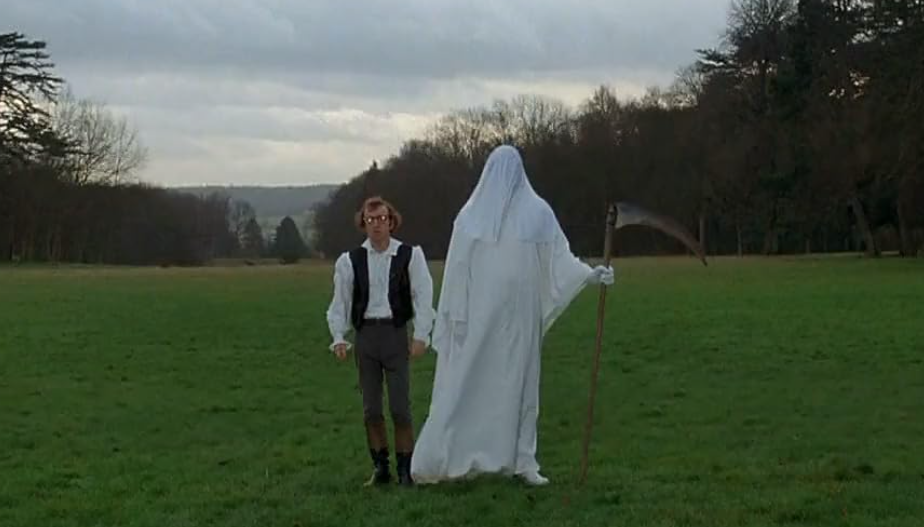
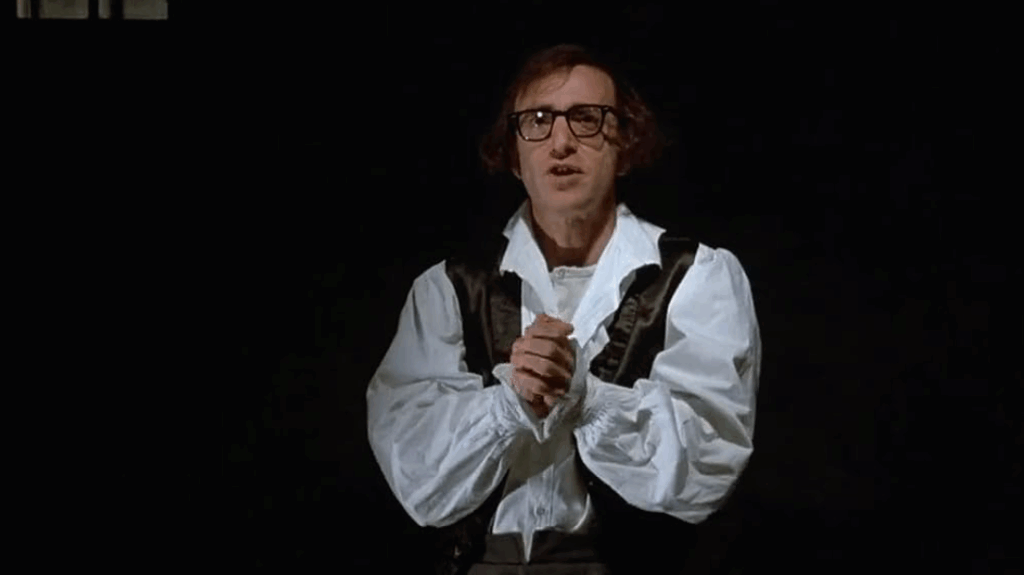
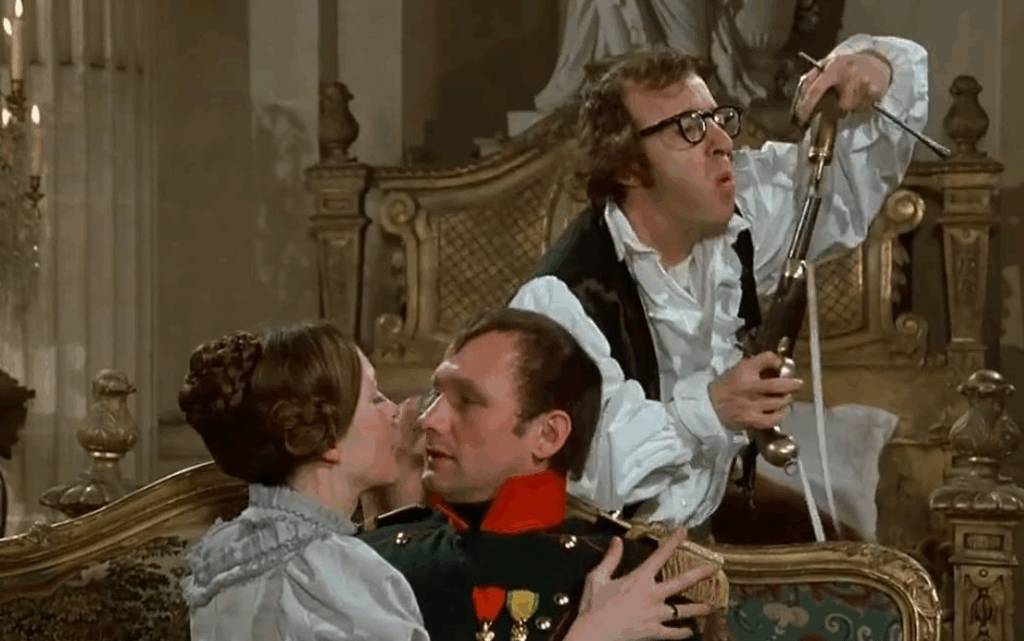
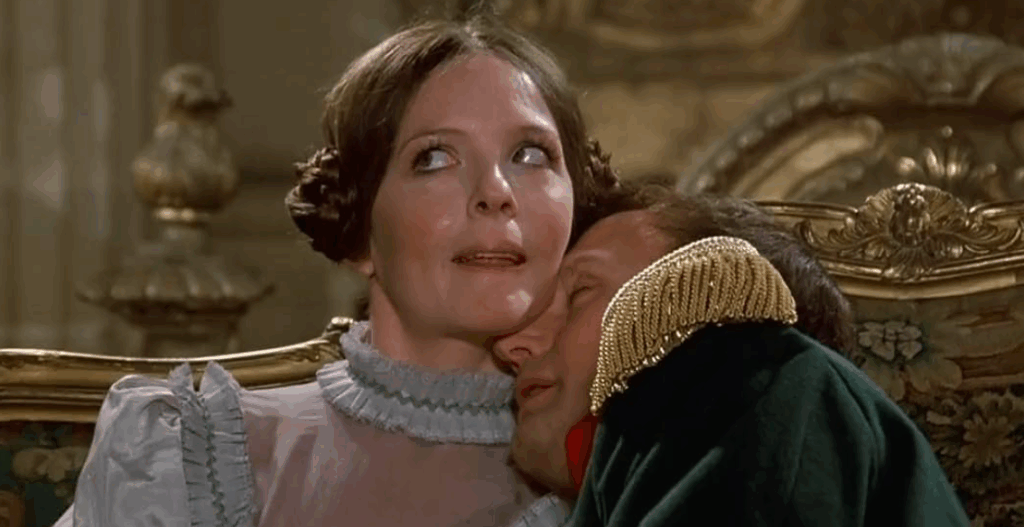
Only Woody Allen could decide to mix Russian literature with slapstick comedy — and only Diane Keaton could make it sparkle. In Love and Death, Keaton plays Sonja, the brainy and scheming cousin of Allen’s bumbling Boris, who gets drafted into war during Napoleon’s campaign. The movie is full of philosophical debates and assassination plots. And then Sonja ends up marrying Boris. It sounds absurd, right? The whole thing is absurd in the best way possible.
What makes this film a standout is how active Keaton’s role is. She’s not just a sidekick here. She drives the whole thing. Whether she is plotting murder or musing about morality, she is the beating heart of Allen’s satire.
The parody digs deep into classic Russian drama. But it never feels heavy. And Keaton makes the film work like a charm.
4. Reds (1981)
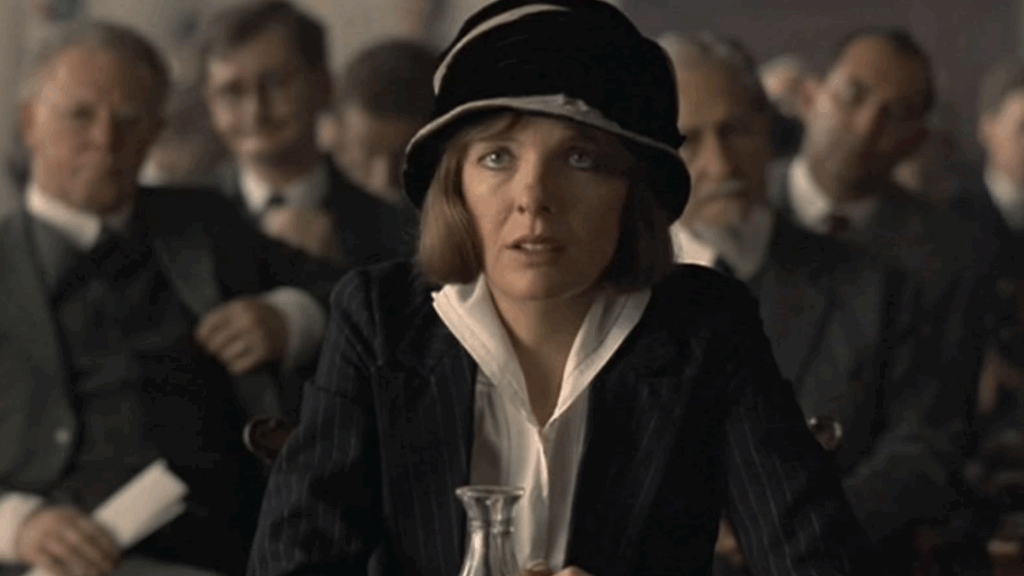
Reds is the film that proved Diane Keaton wasn’t just the queen of witty banter and awkward charm — she could go toe-to-toe with history itself. Under Warren Beatty’s direction, this sweeping epic drops us right into the chaos of the Russian Revolution, where love, politics, and idealism all crash into each other. Keaton plays Louise Bryant, a woman so full of conviction and curiosity that she can’t sit still. She’s bold, headstrong, and too smart to let anyone — even her lover, journalist John Reed — define her.
Louise isn’t a side character in someone else’s revolution. She’s living her own, trying to balance her hunger for independence with the messy pull of love and ambition. And because this is Keaton, there’s fire in every glance. And there is steel in every word. When Jack Nicholson shows up as playwright Eugene O’Neill, the love triangle turns into an emotional chess match.
Keaton earned an Oscar nomination for her work here. It’s easy to see why. She gives Louise the kind of depth and nuance that makes her feel timeless — equal parts dreamer and fighter.
In a movie full of chaos and revolution, she’s the calm at the center — but with that quiet intensity that reminds you she could start a revolution of her own. And honestly, only Diane Keaton could make passion and politics look like the same kind of heartbreak.
3. Annie Hall (1977)
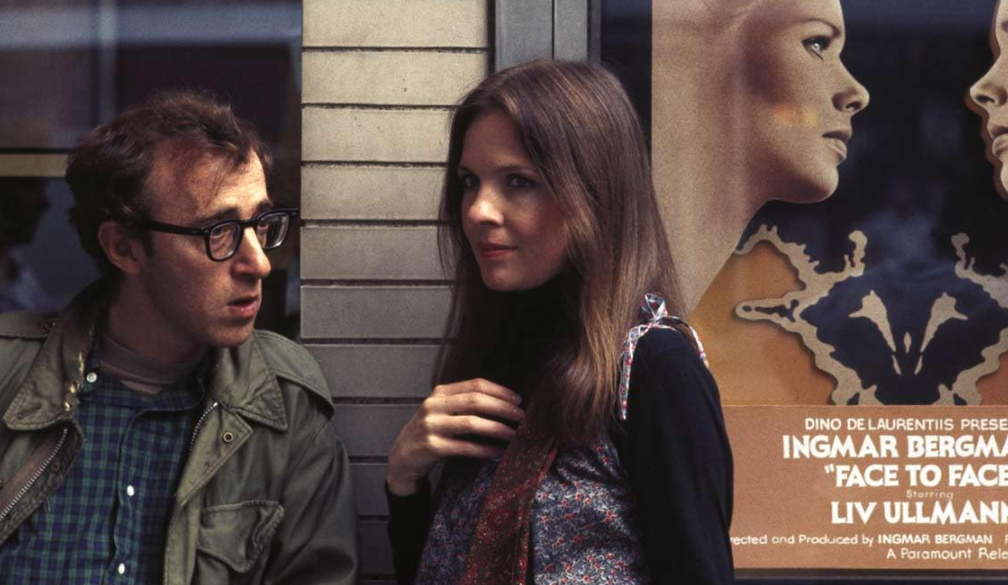
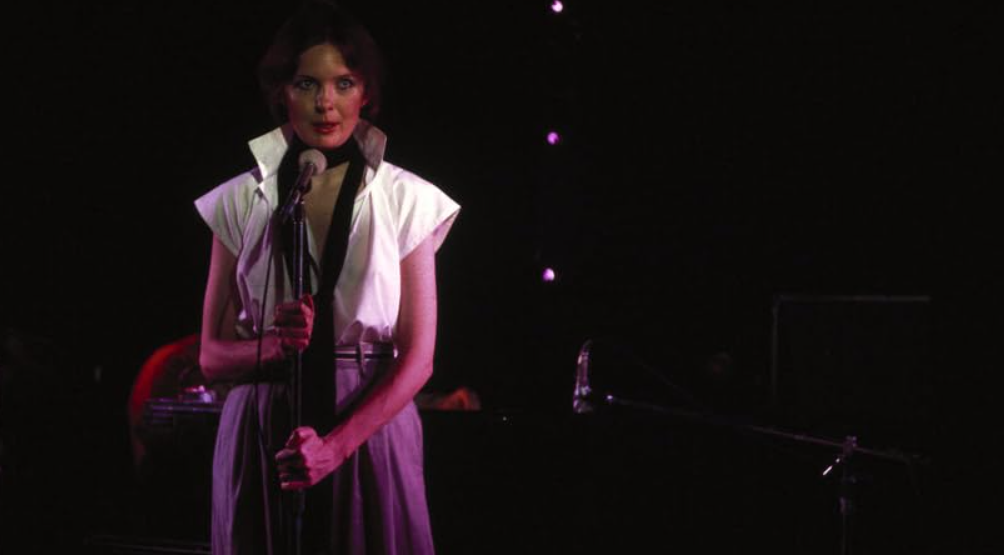
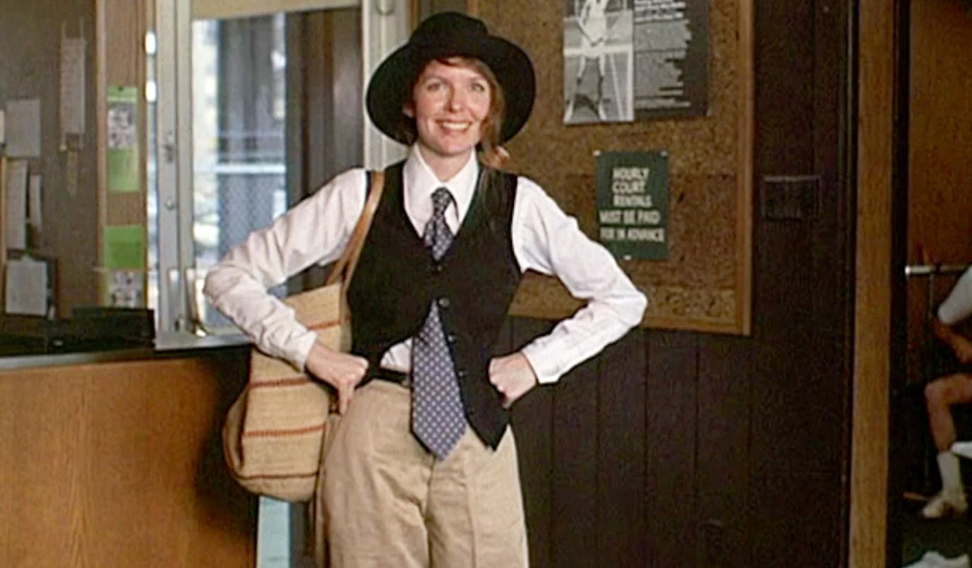
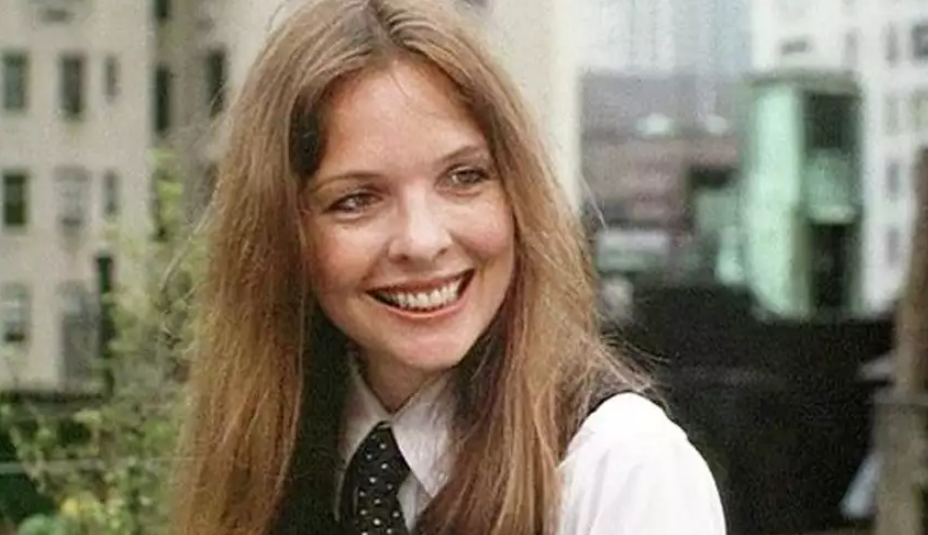
There’s Annie Hall, and then there’s everything else. Diane Keaton didn’t just play Annie — she became her. That hat, those ties, that breezy “la-di-da” attitude — it all turned into a cultural mood board that people still copy without even realizing it. Her character is paired with Woody Allen’s neurotic Alvy Singer.
What’s wild is how natural she is. Annie starts off all sunshine and nervous laughter. We see her fumbling through conversations, and by the end, she’s quietly walking away. She is stronger and more sure of herself. You don’t even notice the transformation happening — it just sneaks up on you. That is Keaton’s magic. Keaton walked away with an Oscar and a Golden Globe for her role.
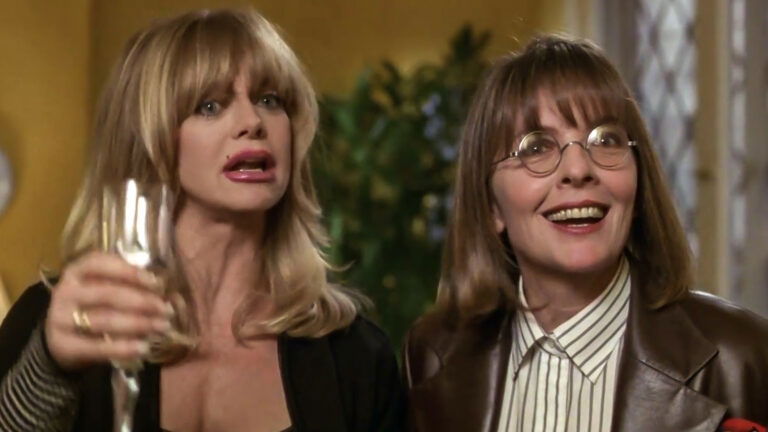
The First Wives Club: How Old Were Diane Keaton and Goldie Hawn in $181 Million Comedy Hit?
2. Manhattan (1979)
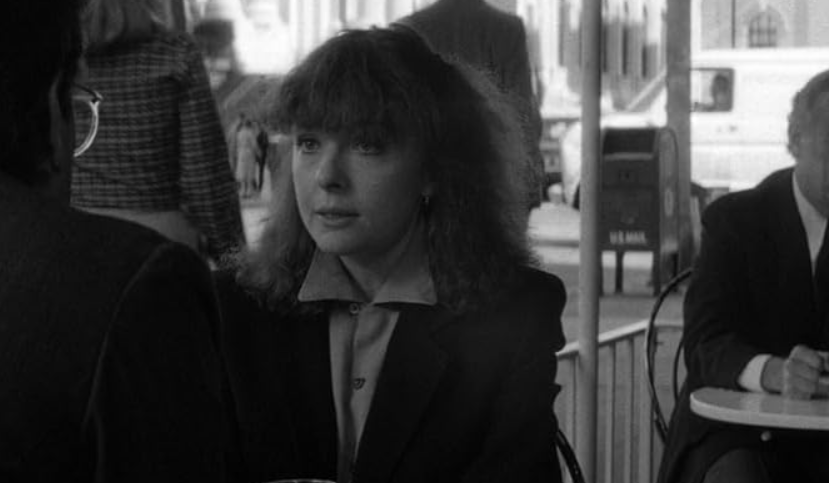
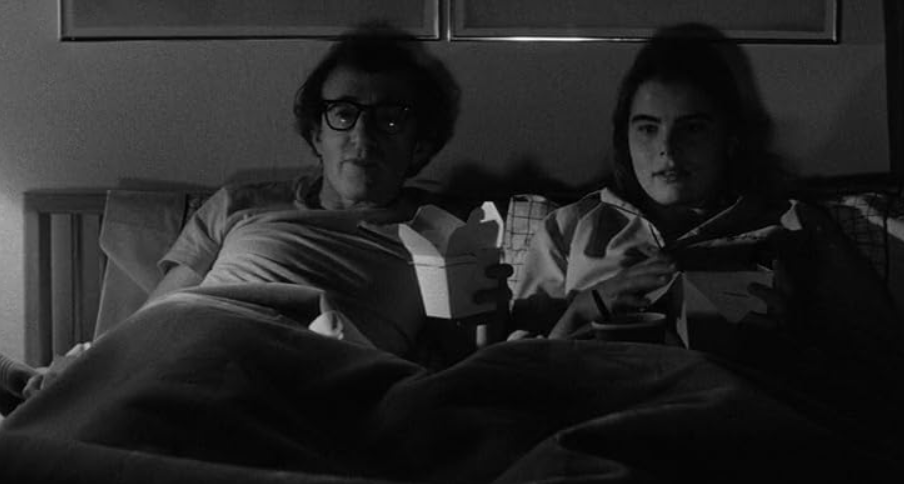
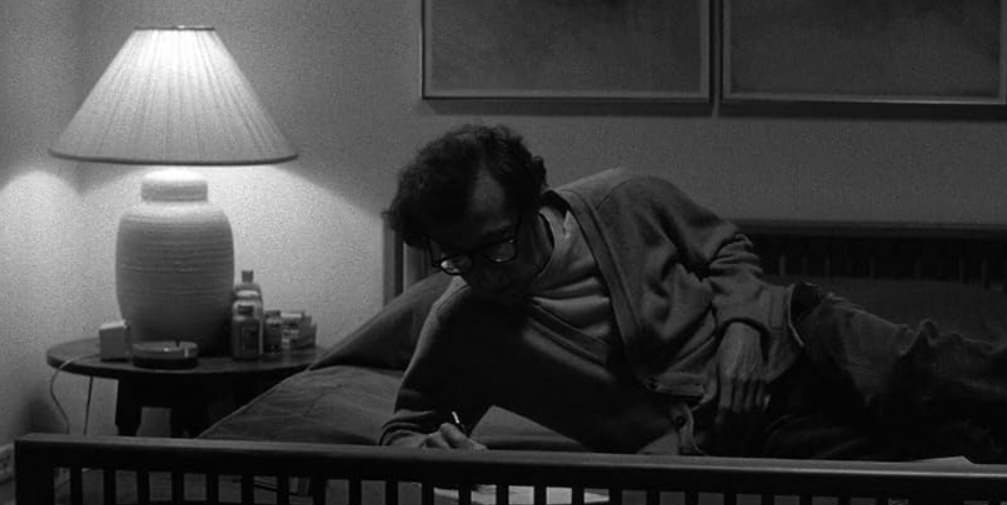
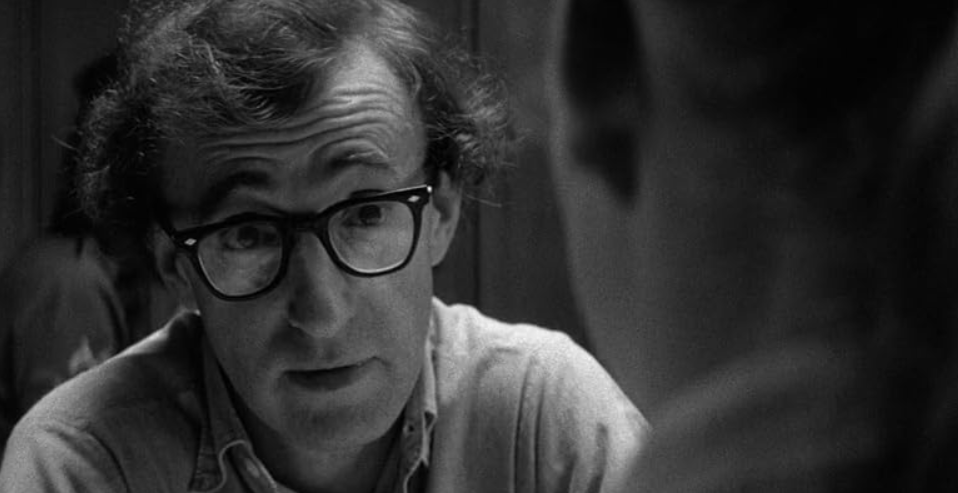
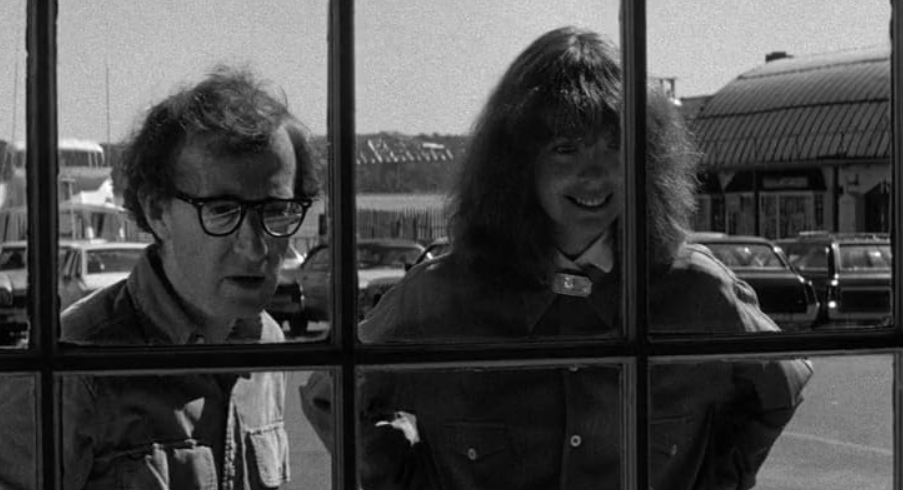
By the time Manhattan came around, Keaton had already proven her comedic brilliance. Here, she added a touch of irony and melancholy. In this film, she plays Mary, a sharp-tongued journalist who gets entangled in a romantic web involving her lover Yale and his best friend Isaac, played by Allen. It’s complicated, messy, and deeply human — exactly what Keaton does best.
The movie is shot in stunning black and white by Gordon Willis. Manhattan is as much a love letter to New York as it is a story about flawed people trying to make sense of love. Keaton’s Mary is intelligent. She is also guarded and slightly pretentious. But there’s warmth beneath her self-assurance. Her scenes with Allen crackle with tension. We see two people circling each other with curiosity and fear. Both want connection but are unsure how to keep it.
Even as a supporting character, Keaton’s presence lingers. The chemistry between her and Allen feels effortless. Her performance captures the contradictions of city life. And only in New York, even the breakups come with great lighting and a Gershwin soundtrack.
1. The Godfather Trilogy (1972 – 1990)
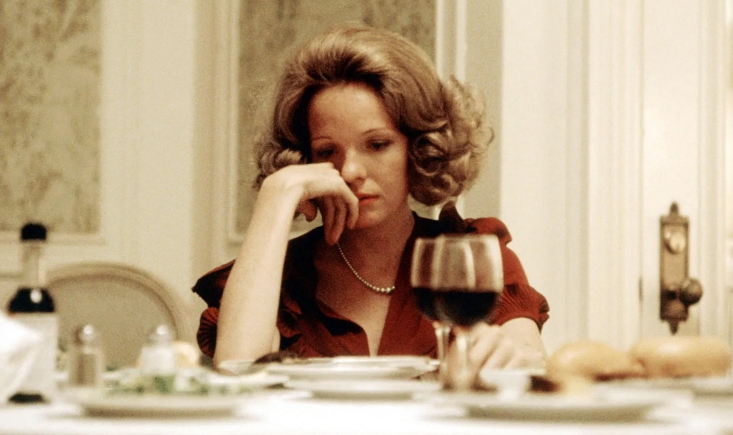
And then, there’s the epic trilogy. The Godfather. People talk about Francis Ford Coppola’s masterpiece and often focus on Brando’s power only. Or they talk about Al Pacino’s transformation that we saw in the movies. But Diane Keaton’s Kay Adams quietly holds the soul of the story. She’s the outsider. She is the one who sees the Corleone empire not through loyalty, but through disbelief and love. Watching her realization unfold — that Michael isn’t just part of his family’s world but has become it — is devastating.
In The Godfather and The Godfather Part II, Keaton’s performance evolves from romantic hope to cold clarity. Her expressions tell stories words can’t. That final moment when Michael closes the door on her isn’t just cinematic brilliance. It is emotional ruin in a single glance.
The trilogy’s production set the standard for American filmmaking. But Keaton’s contribution gave it something rare. Her character gave the movie perspective. Through her eyes, audiences saw both the beauty and horror of power. She showed us the cost of love and the pain of knowing too much. And mind you! Never date a mafia boss unless you really like surprises — and closed doors.
So, among these, which movie is your absolute favorite? Let us know in the comments.


